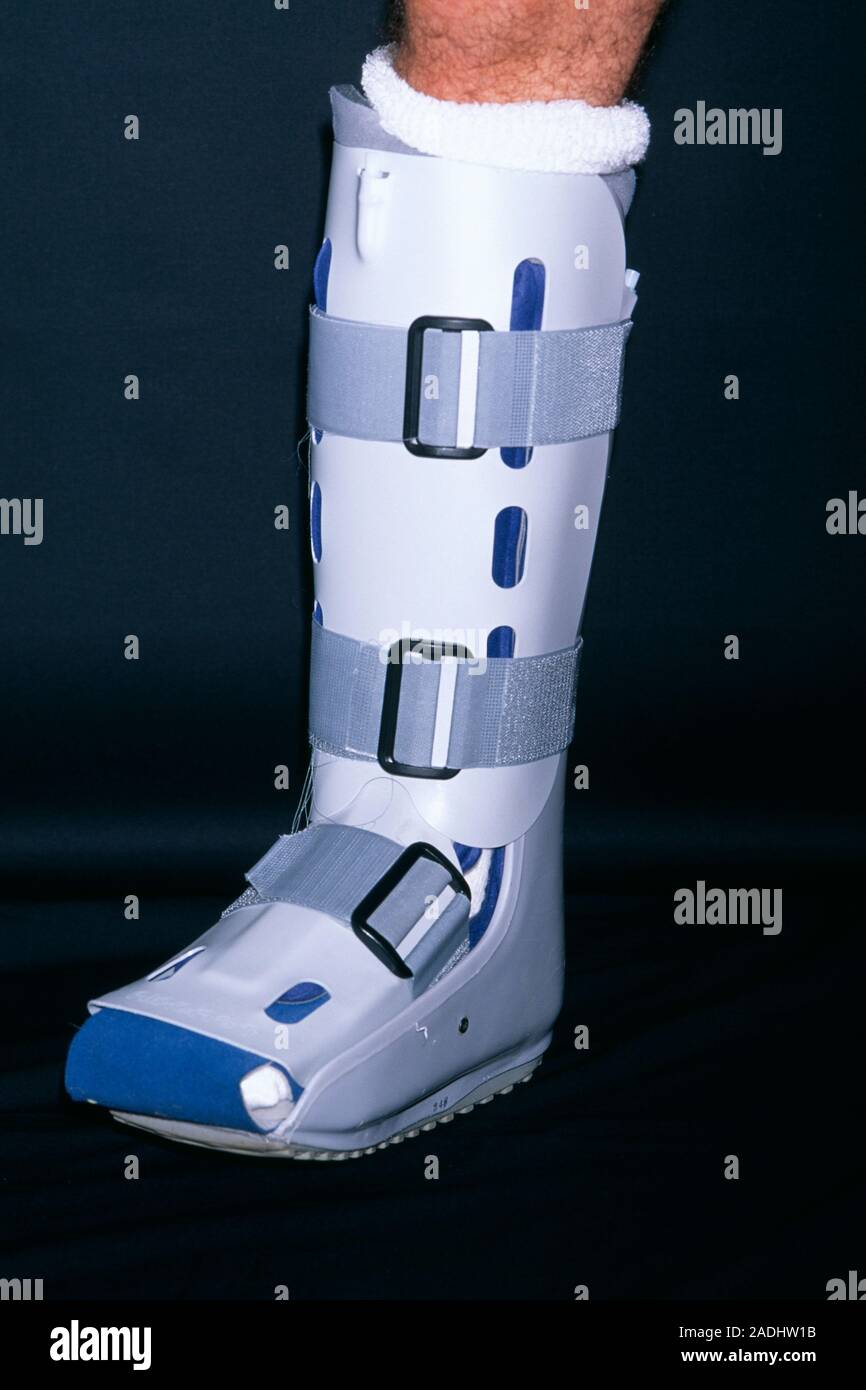When confronted with the prospect of healing from a ruptured Achilles tendon, many find themselves inundated with questions. One of the most pressing—and perhaps, surprisingly, one of the least discussed—is the conundrum of sleeping without a boot. The Achilles tendon, known to many as the largest tendon in the human body, plays a crucial role in mobility. As such, the healing process can be daunting and confusing, particularly when it comes time to rest at night. Can one truly slumber peacefully sans the constricting rigidity of the boot? Let’s delve deeper into this inquiry.
Initially, the thought of sleeping without a boot can evoke a certain apprehension. After all, this apparatus serves a fundamental purpose: it stabilizes, supports, and protects the recovering tendon. Those who have undergone surgery or who are in the midst of rehabilitation often feel an overwhelming desire to forgo the boot at night, yearning for a moment of freedom. However, this desire must be tempered not only by the urge for comfort but also by the crucial needs of healing.
The Achilles tendon is not merely a ligamentous structure; it is a resilient band connecting the calf muscles to the heel bone, essential for walking, running, and jumping. When a rupture occurs—often due to sudden trauma or overexertion—the implications reverberate through one’s day-to-day life far beyond the medical context. The limitations placed on physical activity can lead to an array of emotional and psychological responses, heightening the desire for freedom during the quiet hours of the night.
Many experts in the field recommend adhering to the wearing of the boot, especially during the early stages of recovery. This recommendation is grounded in scientific rationale. The primary purpose of the boot is to immobilize the tendon, fostering an environment conducive to healing. Yet, the question remains; is there a scenario that allows for a temporary reprieve from this cumbersome accessory? Perhaps a transition period exists in recovery where one could explore sleeping without the boot, contingent upon certain criteria.
A critical aspect to consider is the stage of healing. In the initial phases post-injury or surgery, the tendon is particularly vulnerable. Researchers posit that immobilization during the night is essential for minimizing movement. In contrast, as one progresses into later stages of rehabilitation—typically weeks to months following the initial incident—the need for ongoing boot support may begin to diminish. At this juncture, many practitioners begin to assess whether a gradual transition might be feasible.
Moreover, environmental conditions can significantly influence one’s ability to sleep comfortably. The boot can be stifling, leading to discomfort that interrupts the natural cadence of sleep. Further complicating matters, many find the weight of the boot exhausting in the context of their nighttime routines. If one is to explore the notion of unshackling their foot from this apparatus, it may be beneficial to do so in an environment that prioritizes comfort and safety—creating a space that encourages relaxation and promotes healing.
In addition to environmental conditions, one must also consider the psychological aspect of recovery. The emotional journey after an injury can feel like an endless loop of frustration and hope. Each incremental victory, such as regaining range of motion or managing pain levels, bolsters the desire for a normal sleeping experience. Identifying comfort in sleep is itself a victory. The act of shedding the boot—even if temporarily—can embody a renewed sense of autonomy. Thus, for those at an appropriate stage of recovery, the question morphs from whether one can sleep without a boot, to how to make that experience both safe and restorative.
It is imperative, however, to engage in this exploration judiciously. If one chooses to attempt sleeping without the boot, supportive measures should be put in place. For instance, utilizing soft pillows or wedges to elevate the affected leg may alleviate strain and enhance overall comfort. Additionally, wrapping the foot gently with a compression bandage can provide a sense of security while avoiding the restrictive nature of the boot itself. Communication with healthcare professionals about these transitions is vital; they can offer personalized assessments that prioritize healing while accommodating growing needs for comfort.
In summary, the prospect of sleeping without a boot during the recovery from a ruptured Achilles tendon is layered with intricacies. It encapsulates a balancing act between the urgent needs of healing and the desire for a semblance of normalcy. The decision to forgo the boot at night should be informed by the individual’s unique recovery trajectory alongside professional insights. Ultimately, the journey may not only reflect physical recovery but can also serve as a metaphorical pathway toward reclaiming one’s sense of self in the aftermath of injury.
As one embarks on this journey toward healing, the lessons learned extend far beyond the realm of physical rehabilitation. Embracing the process, recognizing the subtleties of comfort and independence, and engaging with the intricate narrative of recovery allows for a multifaceted approach. Whether the boot remains an enduring companion during slumber or makes way for freedom, the journey itself embodies resilience, fortitude, and an unwavering commitment to regaining both mobility and serenity.
